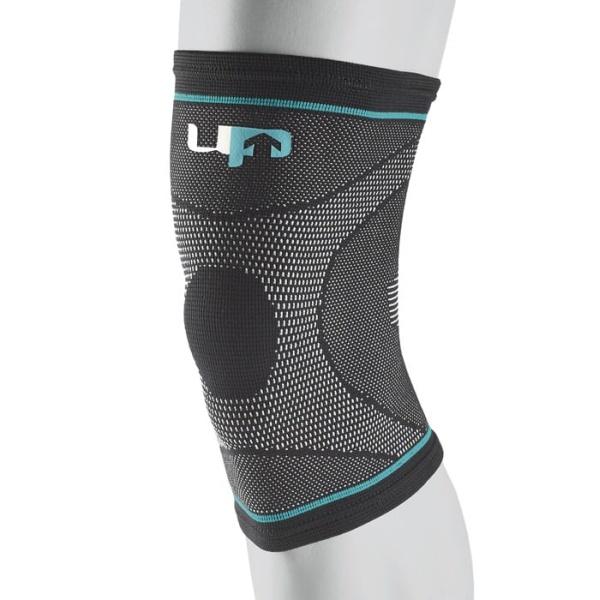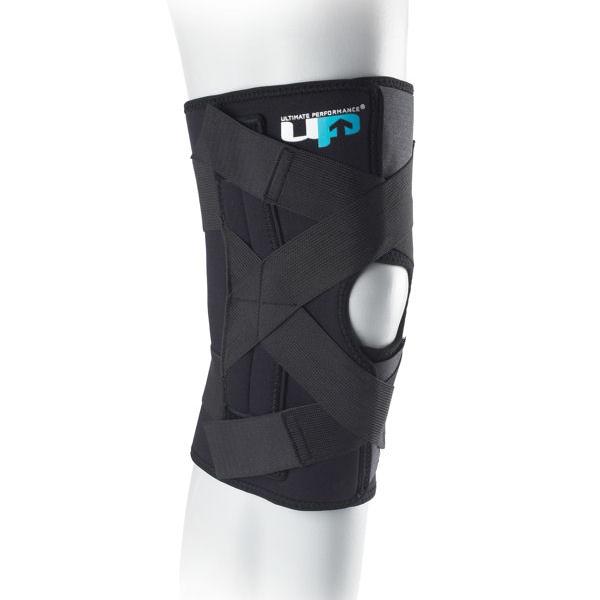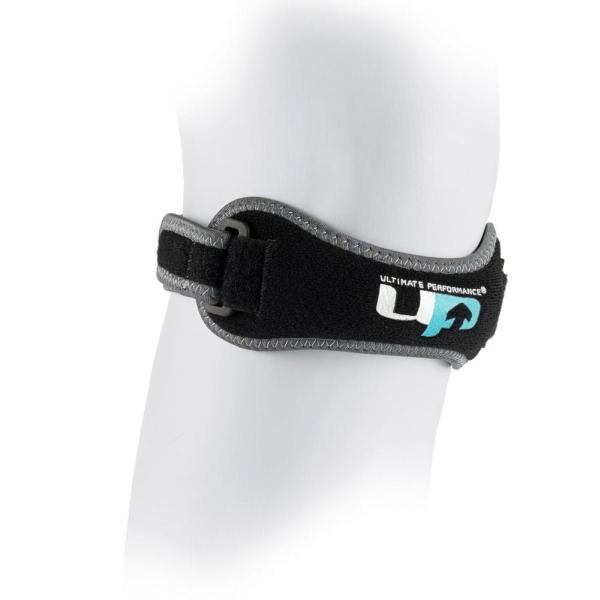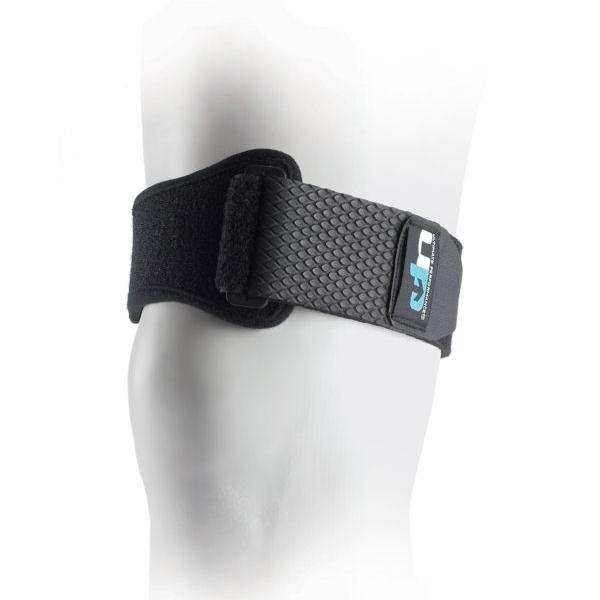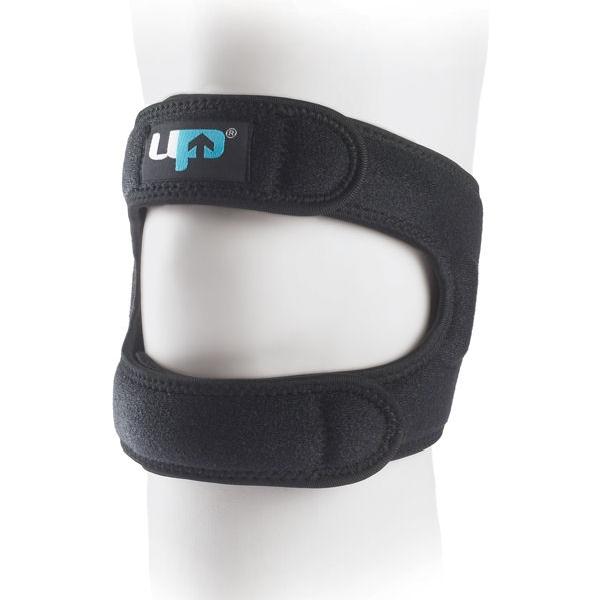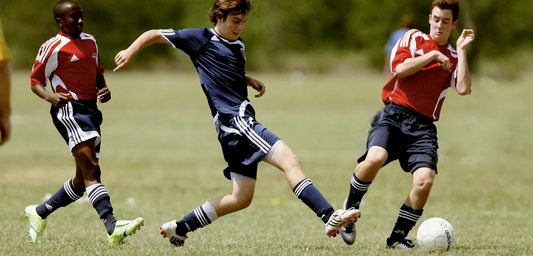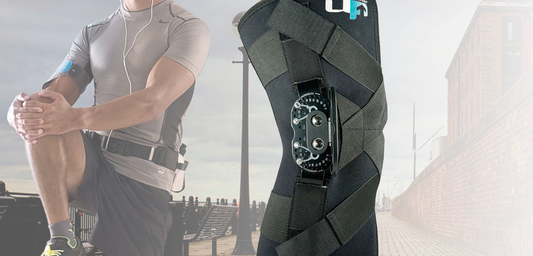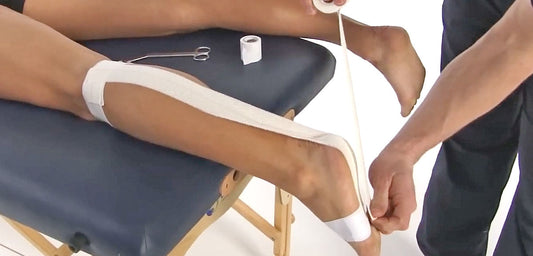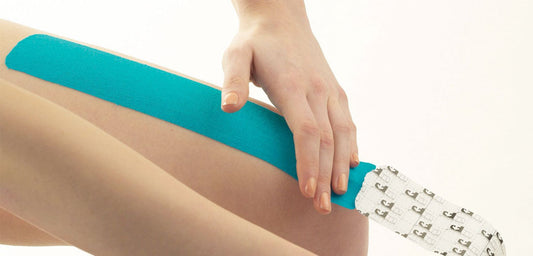
Can I Wear A Knee Support For Football?
Share
Whether you can or should wear a knee support or brace for playing football depends on a number of factors. Here we explain whether it might be the right thing for you as well as the laws governing what you can wear on the pitch.
Am I allowed to wear a knee support for football?
Yes! Knee supports are generally allowed, however, they must be safe for all players. Referees have the authority to inspect and approve or disallow equipment including knee supports.
In the UK, regulations surrounding the use of knee supports in football, and other medical aids on the pitch are governed by both The Laws of the Game from the International Football Association Board (IFAB) and specific guidelines from The Football Association (FA).
In particular, Law 4 of The Laws of the Game, covers players’ equipment. Knee supports are allowed as long as they meet the following criteria:
1. Safety
Knee supports for football must be safe for both the wearer and the other players. Specifically, they should not have any sharp edges, hard materials, or other dangerous parts that could cause injury during contact.

For example, the Ultimate Performance Hinged Range of Motion knee brace has solid metal parts and a hard exposed hinge system. This would not be allowed due to the risk of injury to other players during contact. However, the Advanced Elastic Knee Support would be fine because there is no risk of injury to other players.
2. Competitive advantage
The knee support must not provide the player with an unfair advantage. It is meant to support a medical need, not to enhance performance beyond what is natural for the player. For example some knee braces have powerful springs built into them which assist the wearer to straighten their legs. Somehow I suspect anything capable of doing this is not actually going to help you as a player. But the rule is there in case.
3. Appearance
The knee support should ideally match the colour of the kit, particularly the shorts, to avoid confusion or drawing unnecessary attention. The FA also says that medical supports such as knee braces should be disclosed to referees before the match, who will inspect them to ensure they comply with safety standards. If a knee support is deemed unsafe, you may be asked to modify or remove it before being allowed to play. However, at amateur and grassroots levels, referees often take a practical approach, focusing on player safety.
For more detailed guidance, you can refer to The Laws of the Game or local FA guidelines.
When might you wear a knee support for football?
Before diving into when to use a knee support, let's talk about when you shouldn't rely on one.
Acute knee injuries
If you're dealing with a recent or acute knee injury, it's crucial to rest and let your knee heal. Playing through pain—even with a brace—can turn a minor issue into a chronic, long-term problem that's much harder to treat.
If it hurts to run, it’s a clear sign to take a break. After all, you rarely see professional players wearing knee braces on the pitch, and that’s because they prioritise proper recovery.
Preventing Injury
While no knee support can completely eliminate the risk of injury, it can help in certain situations. If you've had knee injuries before and sometimes feel instability or weakness, a knee brace can give you the extra confidence to train and play. Specific braces are designed to help prevent overuse injuries like Osgood-Schlatter disease, patellar tendonitis, and iliotibial band syndrome by redistributing forces through the tendons, allowing them to heal and reducing strain.
For knee ligament injuries, a support with added lateral protection can offer some security for the ligaments on the sides of the knee. However, protecting the ACL is trickier. This ligament can be injured with even a small twist, and a brace robust enough to prevent this may not provide the flexibility needed to play effectively.
Recovery After Injury
Knee supports play an important role in recovery. They protect the knee immediately after an injury and can be useful throughout rehabilitation. By stabilising the joint, they allow you to do rehab exercises without risking further aggravation.
Overuse Injuries
Issues like patellar tendonitis (jumper's knee), hamstring tendonitis, patellofemoral pain, and iliotibial band syndrome can also benefit from injury specific knee supports. These injuries require rest and a thorough rehab program, but specific braces can reduce tendon strain, enabling you to train or play as you recover.
Examples of knee supports for football
The following are examples of what we recommend for general knee pain or support whilst playing football. There is always a trade off between the amount of support you have and how much your movement is restricted.
Elastic knee support
One of the most popular knee supports I recommend for playing football in is the Ultimate Compression Elastic knee support. It provides compressive support to the knee without restricting movement significantly. The elastic knee support provides a good balance whilst also being breathable and comfortable to wear for extended periods.
This is great for giving support and confidence after recovering from most knee injuries including ligament sprains and joint injuries. However, does not significantly protect the knee ligaments.
Stabilising knee supports
These have the benefits of a simple elastic knee support, but with additional straps and springs for extra lateral support. They give more support but are generally heavier and allow less knee bend (flexion).
These are great if you need extra support following a knee joint sprain. They protect lateral knee ligaments and cartilage, however restrict movement a lot more.
Specialist knee supports for football
The following we recommend for specific injuries:
Patellar tendon supports
These are straps which go around the knee, applying pressure onto the patellar tendon. As a result, they change the way forces transmit through the tendon, taking stress away from the painful area. These are great for managing patella tendon injuries such as patellar tendonitis (jumper’s knee) and Osgood Schlatter disease.
ITB straps
These wrap around, or just above the knee joint applying pressure to the iliotibial band on the outside of the knee. Again they work by re-distributing forces through the tendon.
These are suitable for Iliotibial band friction syndrome injuries, especially chronic, long term injuries. If you have acute pain then rest.
Patellofemoral pain supports
These attempt to support the patella and help it align properly. it is particularly difficult to influence patella alignment with a knee brace. This is probably best done using tape but some knee braces are designed to support the patella, and help it stay in the right place as you bend your knee.

